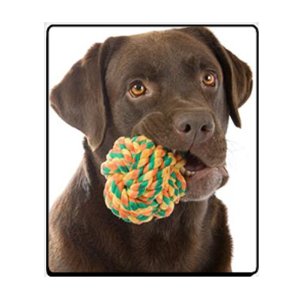Today’s pet food market is larger and more diverse than ever before. While this offers a large number of choices in various types of pet food, it also presents a dilemma in choosing the healthiest food for your dog. Are generic or store brands suitable for a dog? What about familiar name brands like Purina and Alpo? Are the pricier brands that advertise specially formulated ingredients (Science Diet, Eukanuba) really living up to their claims and worth the extra money? All of these are valid questions that loving dog owners deserve to have answered.
Dog Food Considerations
There are several factors to consider when choosing the right food for your dog. Different dogs have different nutritional needs at different stages in their lives. Some things to consider when selecting the food you’ll give your dog follow.
– The Dog’s Age
Puppies have different nutritional requirements than adult dogs just as human children have different needs than adult people. Senior dogs also have different requirements than younger adult dogs. Make sure that you select a food that is appropriate for your dog’s stage in life.
– The Dog’s Health
Does your dog have a specific medical condition? If so, the food you choose may need to be partially dictated by that condition. Diabetic dogs need low-glucose foods and dogs with specific allergies (yes dogs can be allergic to all sorts of things, just like people) may require certain foods as well. Your veterinarian can help you choose foods that are appropriate for a dog with a specific medical condition.
– The Dog’s Size or Body Type
Some dogs are overweight. Some dogs are underweight. Some have a natural tendency to get lots of exercise while others tend to prefer to lie around a lot. There are, of course, small, medium, and large dogs as well as the ultra-tiny “toy” dogs. All of these different types of dogs will have different requirements for the type of food they need as well as how much of it.
– Your Budget
Dog food can be expensive, there’s no doubt about it. And where dog food is concerned, the rule really is “you get what you pay for.” Low cost generics and store brands will lighten the burden on your wallet, but may not be the healthiest choice for your dog as they are made with cheap ingredients and lots of fillers. You should buy the best dog food you can on your budget to help ensure your dog’s nutrition.
Choosing Healthy Foods For Your Dog courtesy of Dog Articles.
Looking for a great gift idea? Who wouldn’t love a puzzle showcasing their favorite breed? Check out all of the great doggie gift ideas on Amazon.com –doggieoftheday@amazon.com















